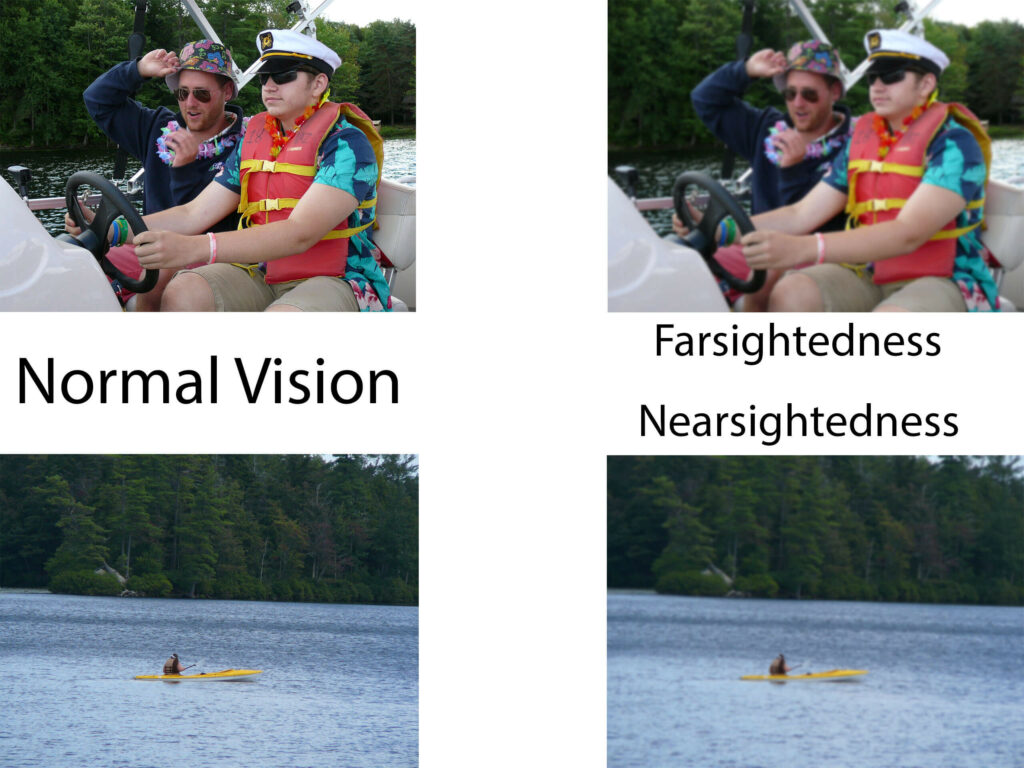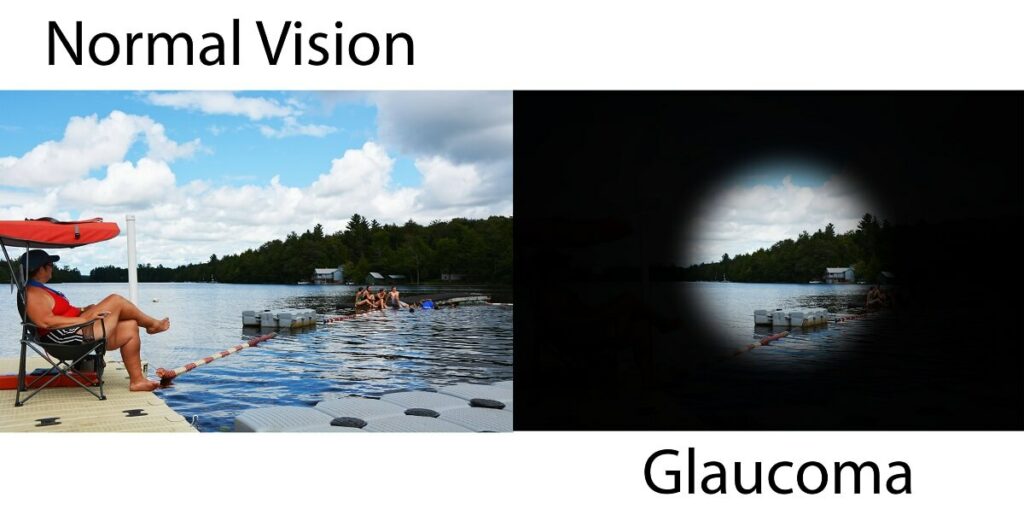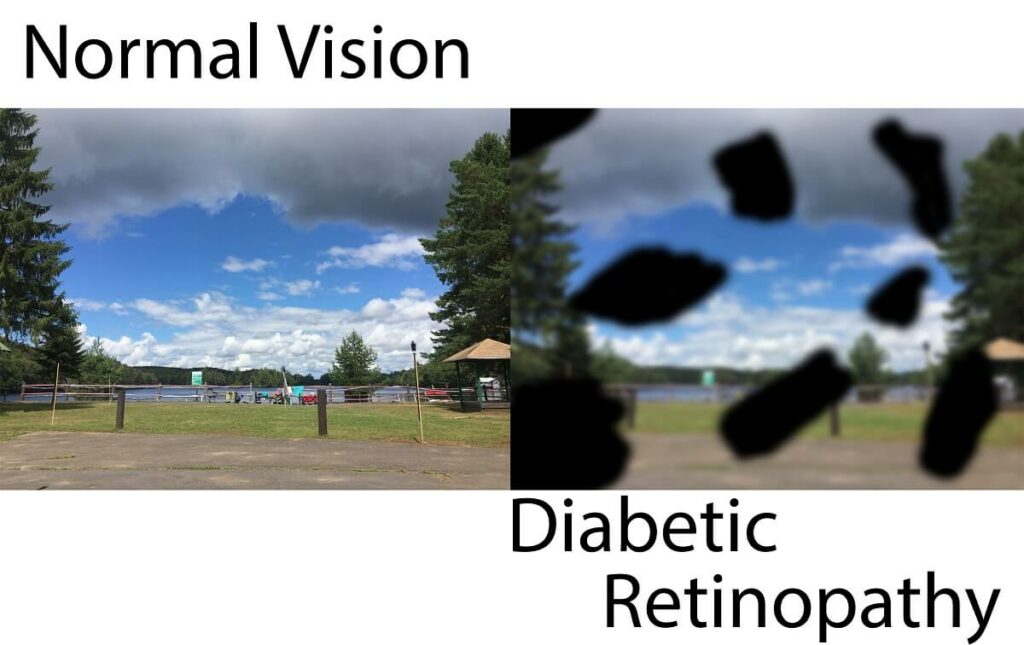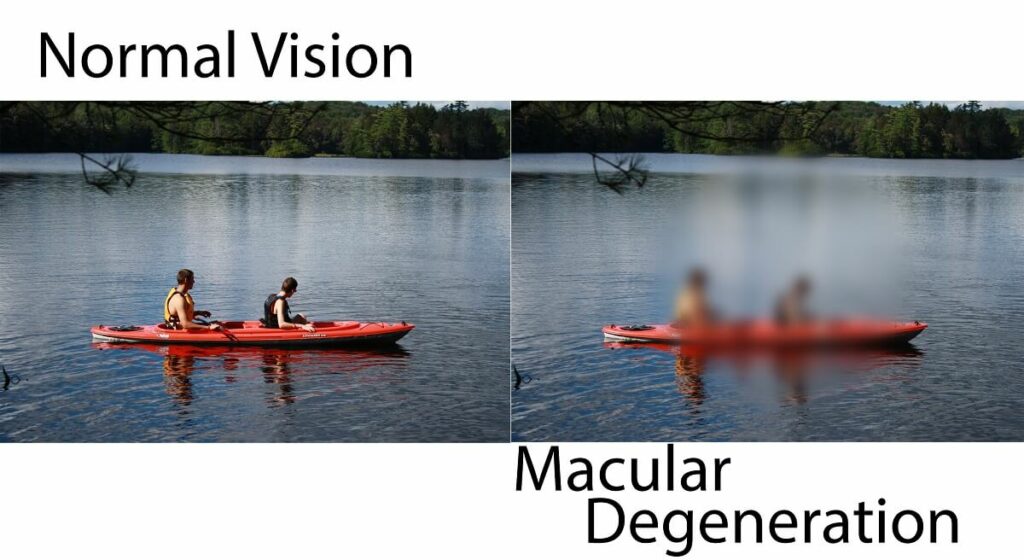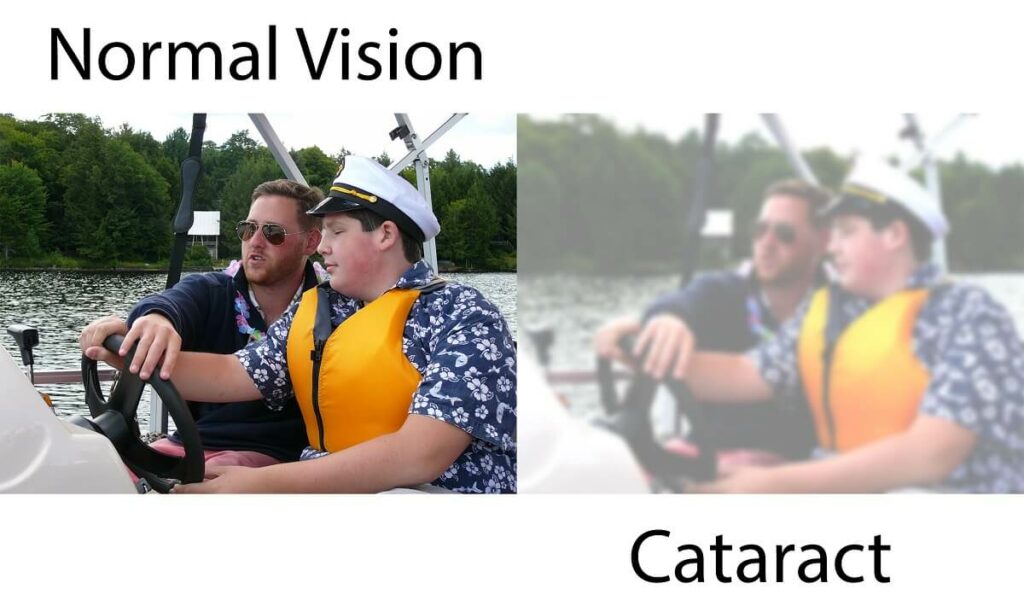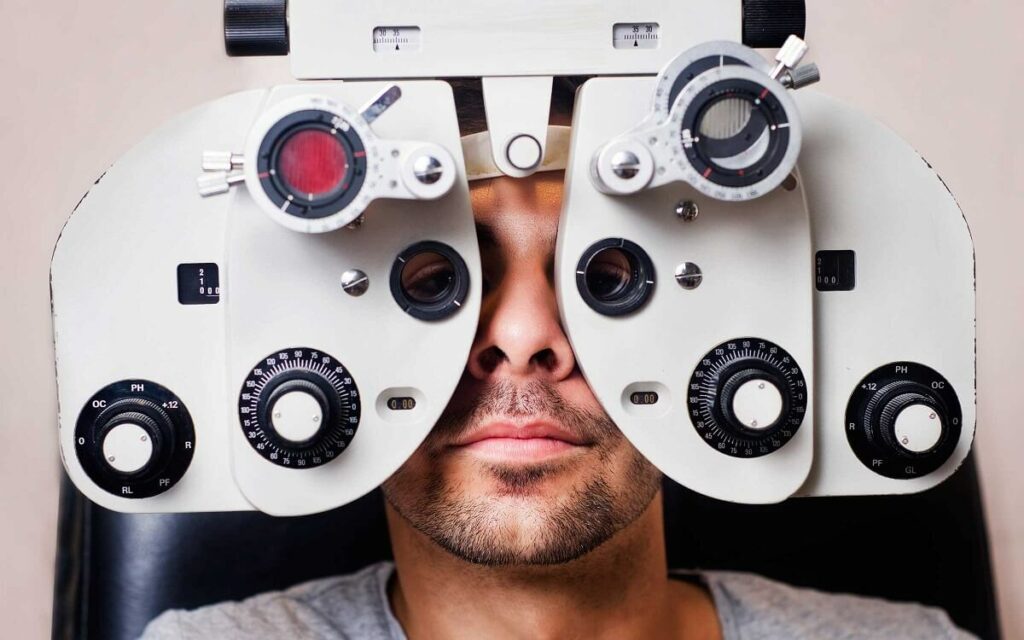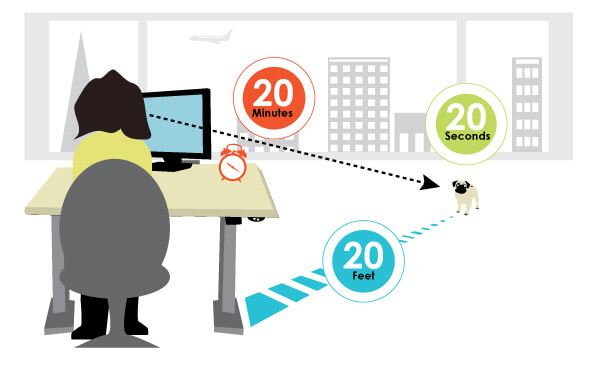Posts by CABVI
Winter Camp Abilities is Recognized in Adirondack Life Magazine
For the past two years, Elizabeth Folwell, the creative director for Adirondack Life Magazine, worked on a story about our winter Camp Abilities program. Her detail and awareness about what camp is resonates throughout the article. Elizabeth truly captured what Camp Abilities is and what it means to everyone involved! We are extremelygrateful for the…
Read MoreUnlike Most Eye Disorders, This One Can be Corrected
How Do We See? Light. It is how we see. Without it, our vision would be nonexistent. When light enters the eye, it is refracted (bent) to provide a precise point of focus and, for 20/20 vision, the focus point must be on the retina. Light enters the photoreceptors, which is where light-sensitive cells capture…
Read MoreA Disruption in Your Aqueous Humor Could Be Serious
Types There are two types of glaucoma, Open-angle and Angle-close. Open-angle is the most common and occurs when fluid does not flow, as it should. The trabecular meshwork, which is the drain structure in your eye, will appear to be functioning, but after further inspection, it will be determined that it is failing. Angle-close is…
Read MoreNearly 10% of the Population is at Risk for this Disorder
According to the CDC, over 29 million Americans, or 9.3% of the population, are affected by diabetes. Diabetic Retinopathy is a condition that occurs only in people who have diabetes and it can be a serious threat to their vision. Types of Diabetic Retinopathy There are two types of diabetic retinopathy, Nonproliferative Diabetic Retinopathy (NPDR)…
Read MoreUtica College’s Physical Therapy Students Visit CABVI
Earlier this week, Utica College’s physical therapy students visited our organization to learn about the lifestyles of the blind and visually impaired. Over 30 students participated in activities such as cooking at home, writing a check, placing medications into segmented slots, and more. Students had the opportunity to wear a blindfold at certain activities and…
Read MoreWe All Need To Protect Our Macula
The macula, which is located in the center of the eye, absorbs blue and ultraviolet lights that enter the eye. It also determines our ability to read, watch television, use a phone, and recognize faces. Macular degeneration affects more Americans than cataracts and glaucoma combined, which makes it the leading cause of vision loss. What…
Read MoreThis Eye Disorder Impacts Over 20 Million People Nationwide
Cataracts affect more than 22 million Americans, and by the year 2020, it will affect an additional 8 million Americans. With these numbers in mind, it is no wonder why cataracts are the most common cause of vision loss in people over 40 years old. Types of Cataracts Subcapsular – Occurs at the back of…
Read MoreTop 5 Most Common Eye Disorders
We wrote this blog to provide an informed perspective of the most common eye disorders that some individuals are faced with in their day-to-day life. In future blogs, we will dive deep into the specific details regarding these disorders. Cataracts You can develop cataracts at any age, but it is more common as you get…
Read MoreWhy is Blinking Important?
Have you ever entered a staring competition? If so, you may notice that your eyes seem dry and strained after. During the times we are not challenging our friends to staring competitions, we blink roughly 15-20 times per minute. That equates to almost 10% of our day is dedicated to blinking. Keeping Your Eyes Moisturized…
Read More20-20-20 Rule: The Computer Vision Syndrome
If you work with a computer for more than seven hours each day, take a 20-second break right now, look at an object that is 20 feet away, and start reading. The 20-20-20 rule is defined as a 20-second break to look at something 20-feet away every 20-minutes. Symptoms and Causes According to the American…
Read More

